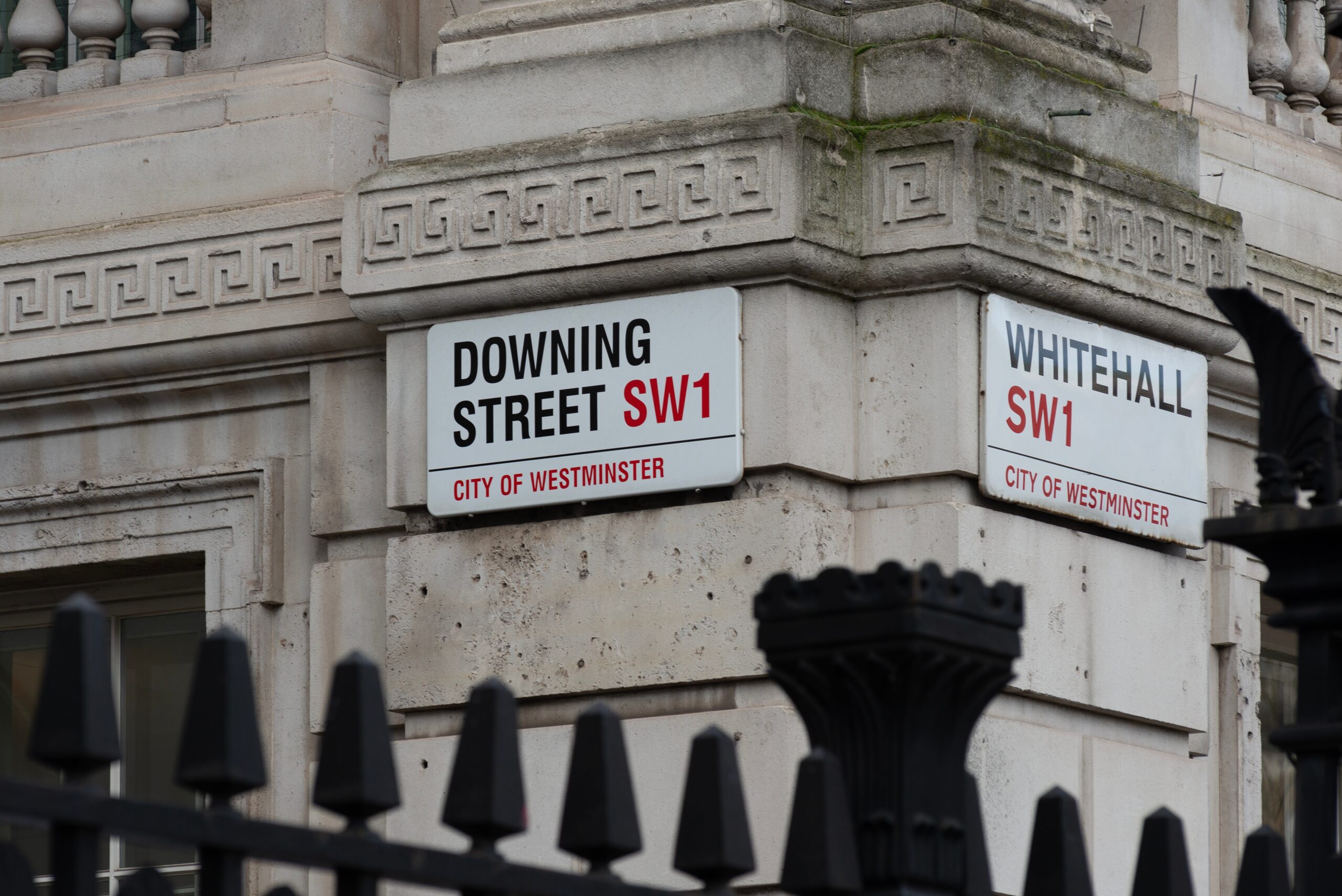Strategic thinking on the comprehensive workforce strategy for the NHS
The Department of Health (DH) has started work on a comprehensive workforce strategy for the NHS. Jon Restell outlines why Managers in Partnership – the FDA’s joint venture with Unison that represents healthcare managers – has been arguing loudly for this for at least three years.

The case for a workforce strategy is now accepted by many NHS leaders and organisations. Chief Eecutive of NHS England Simon Stevens has called for a “complete strategy”, arguing that “our future lies in networks and health systems, not go-it-alone institutions. On too many procurement and workforce issues it has felt the opposite of that”.
The NAO, Health Foundation, Public Accounts Committee, Nuffield Trust, and even the Organisation for Economic Co-operation and Development have all pitched in. But the case was best put by the NHS Pay Review Body, which called for a workforce strategy to “explore all aspects relating to the attraction, development and retention of staff and therefore support staff engagement to deliver wider strategic and operational plans”.
Thinking about why no strategy has emerged so far may help us to see the barriers we need to overcome.
The NHS England Five Year Forward View did not come with a workforce strategy, although one could be implied by making some workforce assumptions. While some individual bodies have specific workforce responsibilities and some have done useful, important things, the national system is fragmented. The DH should take the lead in bringing everything together.
Understandably, local employers often resist national encroachment. A comprehensive national strategy must aim to do the right things in the right place, not to do everything nationally. Most of the action should take place in teams, boards and local systems.
“Pay restraint has marginalised pay as a policy lever to support changes in productivity and service delivery.”
Culture – people and the way they do things – eats strategy for breakfast, straight from the pan. So why have strategists ignored workforce and created conditions for their own failure? For some, workforce is for someone else to worry about. Others display magical thinking about new people and new roles. Others again don’t buy the link between staff engagement and patient care, or between wellbeing and performance. They believe top down and grip gets things done. And then there are those who do get it but feel powerless to act, or give up because the workforce consequences look too difficult. These strands of thought all need to be addressed.
Employers’ commitment to engaging with trade unions is patchy. But unions run through the NHS like Blackpool through a stick of rock, and the junior doctors’ dispute shows that industrial relations can still make the weather. Dialogue with unions on both policy and delivery is essential.
Then there’s the big one: pay restraint has marginalised pay as a policy lever to support changes in productivity and service delivery. The system must push back on pay restraint or, at the very least, prepare for it to end.
And what should go into the strategy? Here’s the unions’ latest shopping list – in no particular order:
• Making Agenda for Change simpler to explain, understand and operate
• A job evaluation system which delivers equal pay for work of equal value
• Putting staff wellbeing and engagement at the heart of healthy, safe and high-performing teams and workplaces
• Safe staffing levels
• Making the NHS an employer of choice with attractive terms, conditions and people management policies
• Engagement and partnership with unions, locally and nationally
• Effective change management agreed jointly by employers and unions
• Equality, diversity and inclusion – delivering a just workplace for all our people
• Developing learning and innovating organisations that continuously transform themselves
• A focus on leadership at all levels – one in three NHS staff has supervisory responsibility for someone else
MiP is emphasising three themes. First, leadership should be part of the workforce strategy, rather than a separate strategy as now. Second, support staff must receive equal care and attention – because when you kick the back office the bruise appears on the frontline. Finally, partnership between unions, employers and the Government is essential. It’s the only way to deliver a workforce strategy that works for staff and the patients they care for.
Related News
-

Education Minister Paul Givan must provide clarity over Israel visit – FDA NI National Officer Robert Murtagh
The FDA’s National Officer for Northern Ireland Robert Murtagh has called on Minister of Education Paul Givan to urgently clarify the use of departmental resources for a recent trip to Israel.
-

No.10 briefings against Cabinet Secretary Chris Wormald “stink of political cowardice”, Penman says
FDA General Secretary Dave Penman has condemned briefings from No.10 sources that Cabinet Secretary Chris Wormald had lost the confidence of senior figures in Downing Street and would likely be replaced by January next year.
-

“Significant gaps” in current Northern Ireland standards regime, says Murtagh
FDA National Officer for Northern Ireland Robert Murtagh has called for a strengthened standards regime in Northern Ireland government.